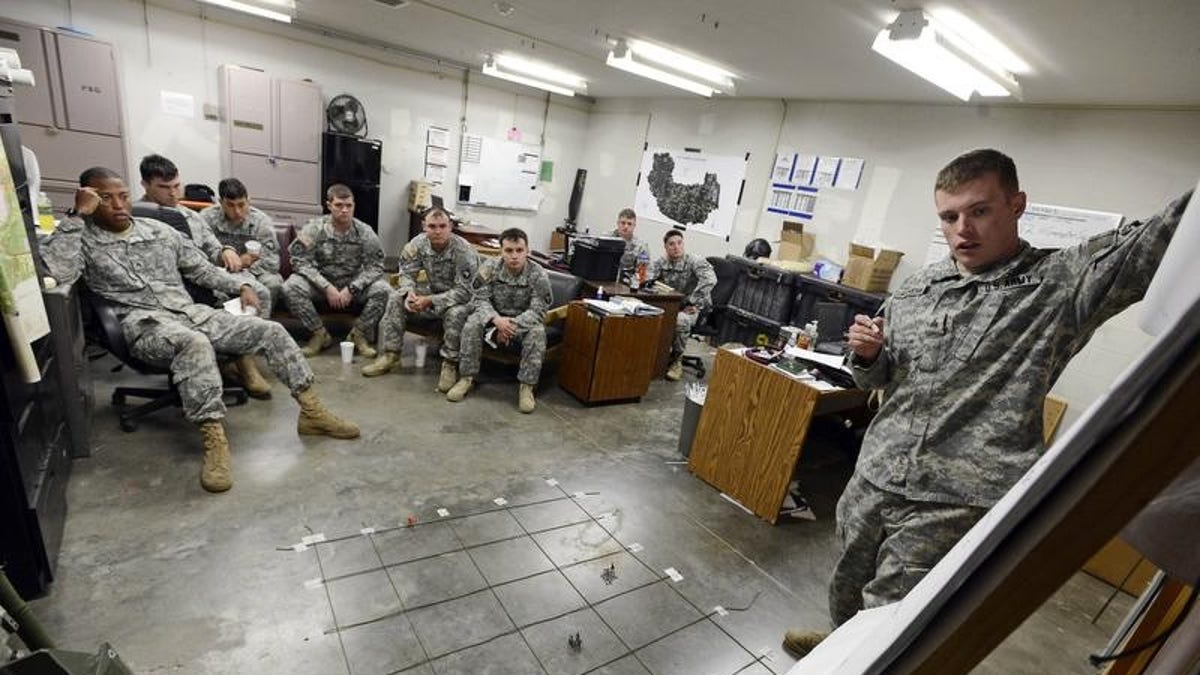
(AP Photo/Mark Zaleski)
The Army’s pathfinders are elite airborne infantrymen capable of slipping into enemy territory to prepare drop zones and landing zones, conduct reconnaissance, place navigational aids, provide air traffic control, and recover wounded personnel. Basically, they have more applications than an iPhone, and they can do all it at night, on their own, without reinforcements or resupply while under fire.
The units got their start in World War II after parachute drops into North Africa in 1942 and Sicily in 1943 resulted in troops dispersed across the target areas instead of massed into effective fighting formations. To fix this, the Army borrowed tactics and techniques from British scout companies to create their own pathfinder platoons and companies.
As World War II continued, pathfinders led the way into Normandy on D-Day and southern France in Operation Dragoon as well as aided the aerial resupply of troops pinned down in the Battle of the Bulge. They used signal fires, special radios, and lights to create paths for aircraft to follow, ensuring pilots could navigate to their target.
In the Korean and Vietnam wars, pathfinders continued their missions leading airborne forces but the expansion of helicopter operations gave them another job.
They began moving in ahead of air assaults to plan and prepare landing zones for the helicopters. The Army expanded existing pathfinder units and added new ones. Even the National Guard and Army Reserve got pathfinders in the ’70s and ’80s.
Today, pathfinders are primarily used for recovering wounded and isolated personnel, conducting reconnaissance, and assisting in helicopter assaults. They’re also experts in sling-load operations, the movement of heavy equipment by slinging it under a chopper.
The Army has cut the pathfinders to two companies, one in the 101st Combat Aviation Brigade and one with 82nd’s CAB. These companies rarely fight as a single unit. Instead, commanders kick out small teams of pathfinders to support operations across a large geographical area where they conduct all their missions. These teams of about six men have seen heavy combat in Iraq and Afghanistan.
With the shortage of dedicated pathfinder companies, infantry units send soldiers to the Army’s Pathfinder School at Fort Benning, Georgia. These soldiers become experts in linking Army ground and aviation elements, assisting their units when pathfinder companies aren’t available.
More from WeAreTheMighty.com:
The 7 everyday struggles of women in the military
15 awesome photos of military working dogs
Here’s what happened 6 other times US embassies were attacked
15 photos that show how the Coast Guard fights drug smugglers and pirates

